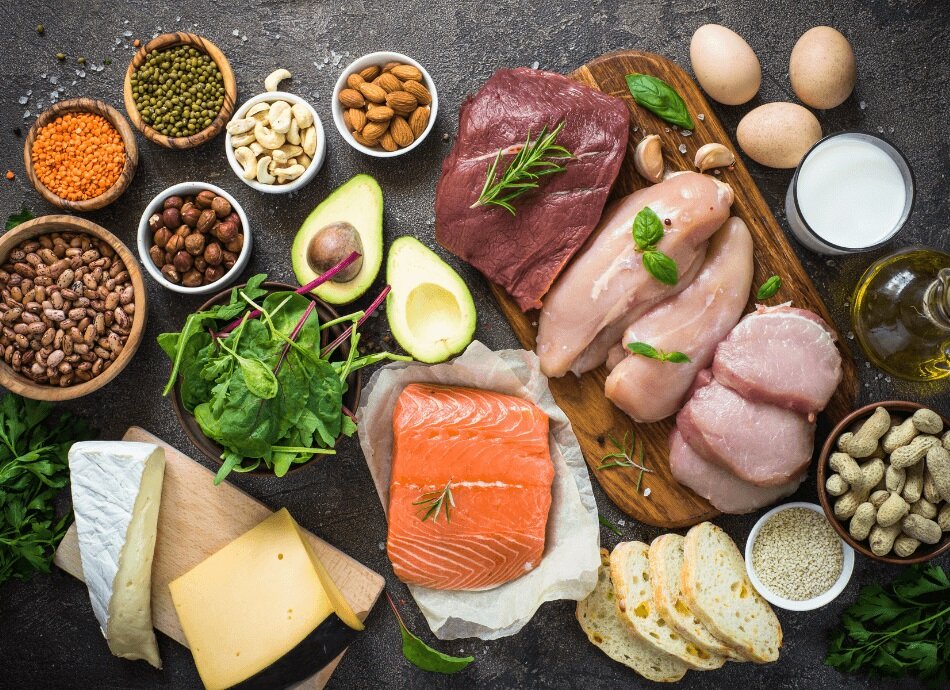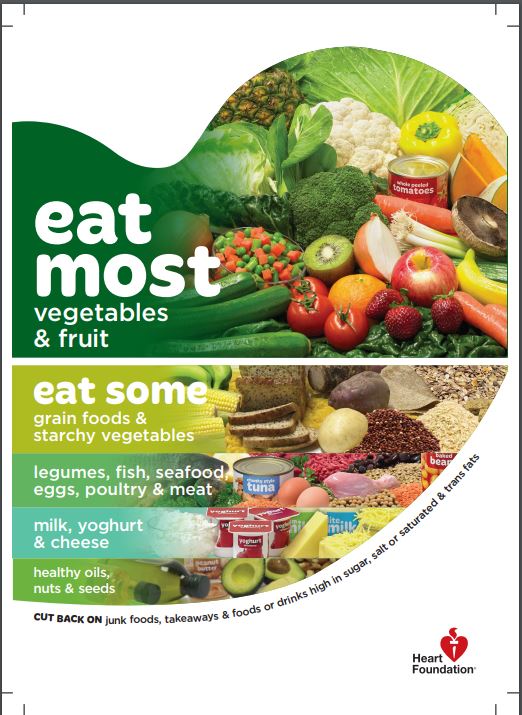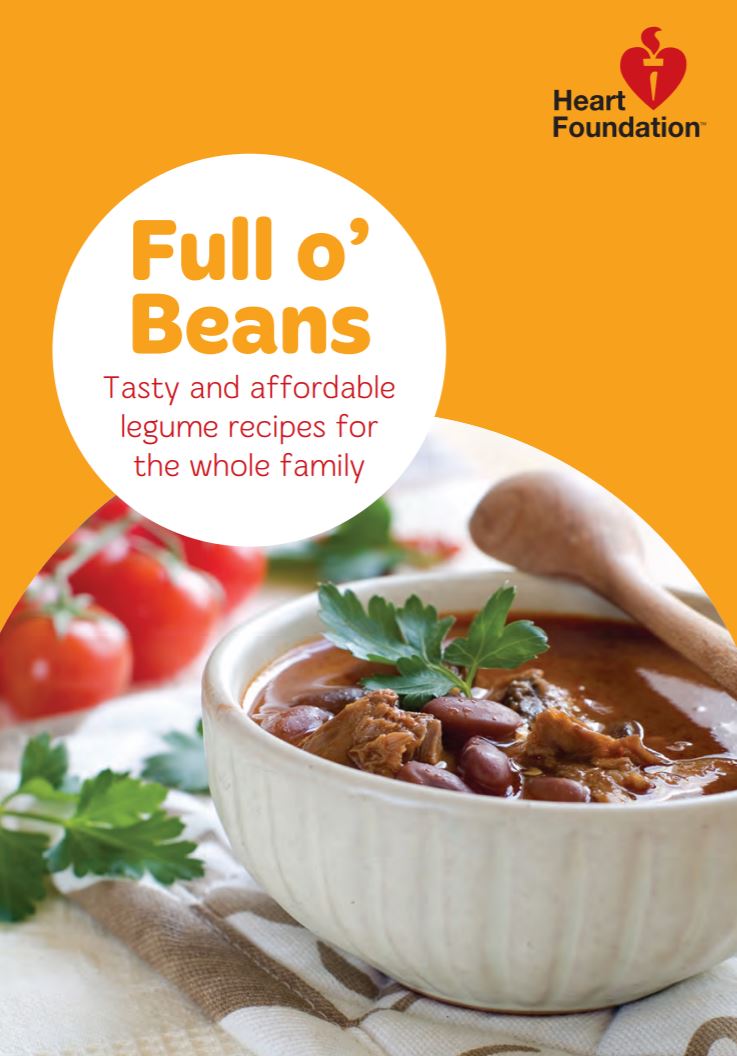Along with carbohydrate and fats, protein is a macronutrient. It's needed to fuel your body and provide you with energy. Protein foods are made up of 20 amino acids. Some of these can be made by your body, but 9 of the amino acids (essential amino acids) must come from the food you eat.
We're aware of a problem when trying to use Zero Data to link to Healthify. Zero Data is managed by Health NZ and we are working with them to get this fixed.
Protein foods
Key points about protein foods
- Legumes, nuts, seeds, fish, seafood, eggs , chicken and red meat are 1 of the 4 main food groups and provide your diet with protein.
- Protein is an important nutrient for the growth and repair of your body at all stages of life.
- Many of the foods in this group are good sources of vitamins and minerals, eg, iron, zinc and omega-3 fats.
- Eating too much protein can be expensive and isn't recommended for people with kidney or liver diseases.

Protein is essential for your health, including:
- for growth and development
- to support your immune system
- acting as the building blocks of bone, muscle, skin and blood.
In severe cases, not having enough protein can lead to muscle loss (including damage to your heart) and damage to your liver, pancreas and gut. Your immune system and a child's developing brain can be affected too.
It's also important that you don't overdo your protein intake. Protein foods are important to include on your plate at each meal to help you to feel full and control your appetite. However, if protein foods (eg, eggs, meat and chicken) take up a large portion of your plate, you may eat fewer wholegrains, legumes, vegetables and fruits which are also important for helping you stay healthy.
Eating too much protein isn't advised if you have kidney or liver disease. For the rest of the population, eating protein above the recommended levels may affect kidney function (including the formation of kidney stones) and bone health (causing calcium to be excreted). However, more evidence is needed to find out the levels where this can occur and how other dietary and lifestyle factors contribute to the situation.
Protein is found in plant and animal foods:
- Plant foods: legumes (eg, lentils, edamame beans, chickpeas, kidney beans), nuts and seeds.
- Animal foods: fish, eggs, lean meat, chicken.
- Protein is also found in dairy products, including milk, yoghurt and cheese.
Animal protein foods, soybeans (edamame) and quinoa are complete proteins and provide all 9 of the essential amino acids.
- Eating patterns that include legumes, nuts, fish and seafood are linked with a lower risk of heart disease, type 2 diabetes, weight gain and some cancers.
- Red meat (beef, pork, lamb), chicken and eggs are a good source of nutrients (eg, iron), but these foods are also a source of saturated fat. Low iron levels are a problem for some New Zealanders – particularly young women.
- To reduce the risk of colorectal cancer, it's recommended you eat less than 500 g cooked red meat (750 g raw) per week. For heart health, it's recommended you eat less than 350 g cooked red meat per week.
- Choose less processed versions of all protein foods. For example, choose whole chicken, chicken breast or drumsticks instead of processed chicken products (eg, nuggets or chicken burgers).
- Processed meats (eg, salami, bacon, sausages, ham and luncheon) have very high levels of salt and saturated fat and are linked to a higher risk of bowel cancer. Processed meats should be limited or avoided.
- Try to eat a wide variety of protein foods. Legumes, nuts and seeds are high in fibre. Fish and seafood are good sources of iodine. Oily fish (eg, tuna and mackerel) and seafood (eg, mussels) are a good source of omega-3 fats.
- Chicken and red meat are good sources of iron and zinc, but it's important to remove the fat before eating.
The amount of protein you need each day depends on your age and gender, but it may also depend on your lifestyle and health.
It’s essential you get enough protein from the food you eat. A wide range of whole foods, including milk and milk products, grain foods and some vegetables (eg, peas) contain protein. These add to your daily intake of protein.
Most New Zealanders easily meet their protein requirements, but some people have higher protein requirements than others. For example:
- Pregnant women – to meet the demands of the growing pēpi (especially in the third trimester).
- Teenagers – to support rapid growth.
- Athletes and people who are very active – to support muscle repair.
- People over the age of 70 years – to prevent the risk of muscle and bone loss.
Specific amounts
Below is the recommended dietary intake (RDI) of protein for different age groups.
- Babies (0–6 months): 10 g
- Babies (7–12 months): 14 g
- Children (1–3 years): 14 g
- Children (4–8 years): 20 g
- Boys (9–13 years): 40 g
- Girls (9–13 years): 35 g
- Boys (14–18 years): 65 g
- Girls (14–18 years): 45 g
- Adult men (19–70 years): 64 g
- Older men (over 70 years): 81 g
- Adult women (19–70 years): 46 g
- Older women (over 70 years of age): 57 g
- Pregnant people: 58–60 g
- Breastfeeding people: 63–67 g
Serves of protein foods
To help you put the recommendations into practice, below is the number of serves of protein foods (legumes, nuts, seeds, eggs, chicken or red meat) recommended each day. Extra servings might be needed for taller or more active adults.
|
Age, gender or stage |
Recommended serves of protein foods per day (see note below table) |
|
Tamariki |
|
|
Men 19–50 years |
3 |
|
Men over 50 years |
2.5 |
|
Women 19–50 years |
2.5 |
|
Women over 50 years |
2 |
|
Pregnant people |
3.5 |
|
Breastfeeding people |
2.5 |
Note: Milk and milk products are another key source of protein across the life span. The recommended number of daily servings of milk, yoghurt and cheese increases for women over 50 years and men over 70 years and helps to support older adults to meet the RDI for protein.
Serving size examples by weight:
- 1 cup (150 g) cooked or canned beans, lentils, chickpeas or split peas (no added salt)
- 170 g tofu
- 30 g nuts, seeds, peanut or almond butter, or tahini or other nut or seed paste (no added salt)
- 100 g cooked fish fillet (about 115 g raw) or one small can of fish
- 2 large eggs (60 g per egg)
- 80 g cooked lean chicken (100 g raw)
- 65 g cooked lean meat (90 to 100 g raw), eg, beef, lamb, pork or veal.
Protein supplements (eg, protein powder and bars) are increasingly common and can come from animal or plant-based protein. Although these products can be convenient, most people can easily meet their protein requirements by eating whole foods and don't need a protein supplement.
Many protein supplements are highly processed. Whole foods are the best source of protein because they give your body a wide range of essential vitamins and minerals that you won’t find in a protein supplement.
A vegan or vegetarian diet can provide enough protein from legumes, tofu, nuts seeds, grain foods and vegetables (eg, peas).
As most plant foods lack 1 or more of the 9 essential amino acids, it's important to eat a wide variety of plant proteins from different food sources each day (eg, legumes, nuts, seeds, whole grains).

Image credit: Canva
Here are some tips on how to include good quality protein foods in your diet:
- Go for balance. Fill half your plate with colourful vegetables or salad, a quarter with wholegrains and a quarter with plant and animal protein foods.
- Add lentils, chickpeas or kidney beans to dishes (eg, spaghetti bolognaise, casseroles, stews and winter soups) to bulk them out and use less meat.
- Add lentils, chickpeas and beans to salads so they're more filling.
- Use canned chickpeas to make hummus. Hummus can be used as a healthy dip or can be added to sandwiches, salads or eaten as a snack with crackers or chopped up vegetables.
- Add ricotta or cottage cheese into pasta sauces, mashed potato or scrambled eggs.
- Add Greek yoghurt to cereal, fruit or on top of a bowl of soup.
- Choose lean meats. Cut off the fat you can see and take the skin off chicken before you eat it.
- When cooking mince, brown it and then drain off the fat before adding other ingredients.
Resources
Healthy heart visual food guide poster(external link) Heart Foundation, NZ
Full of beans cookbook(external link) Heart Foundation, NZ
Comparison of protein foods(external link) Beef + Lamb NZ
High protein supplements(external link) Health Promotion Agency, NZ
References
- Nutrient Reference Values for Australia and New Zealand – Protein(external link) Eat for Health, Govt, Australia
- Westerterp-Plantenga MS, Lemmens SG, Westerterp KR. Dietary protein – its role in satiety, energetics, weight loss and health(external link) Br J Nutrition 2012;108(S2):S105–S112
- Remer T, Kalotai N, Amini MN, et al. Protein intake and risk of urolithiasis and kidney diseases: an umbrella review of systematic reviews for the evidence-based guideline of the German Nutrition Society(external link) Eur J Nutr. 2023;62(5):1957–1975
- Delimaris I. Adverse effects associated with protein intake above the Recommended Dietary Allowance for adults(external link) ISRN Nutr. 2013:126929
- Naghshi S, Sadeghi O, Willett WC, et al. Dietary intake of total, animal, and plant proteins and risk of all cause, cardiovascular, and cancer mortality: systematic review and dose-response meta-analysis of prospective cohort studies(external link) BMJ2020;370:m2412
- Red meat and poultry position statement(external link) Heart Foundation, NZ, 2020
- Ram A, Kerse N, Moyes SA, et al. Dietary protein intake and determinants in Māori and non-Māori octogenarians. Te puāwaitanga o ngā tapuwae kia ora tonu: Life and living in advanced age – a cohort study in New Zealand(external link) Nutrients 2020;12(7):2079
- Behind the hype – high protein supplements(external link) Health Promotion Agency, NZ, 2015
- New Zealand eating and activity guidelines(external link) Health New Zealand | Te Whatu Ora, 2020
Brochures

Heart Foundation, NZ

Heart Foundation, NZ, 2018
Credits: Healthify editorial team. Healthify is brought to you by Health Navigator Charitable Trust.
Reviewed by: Lily Henderson, Registered Dietitian
Last reviewed:





